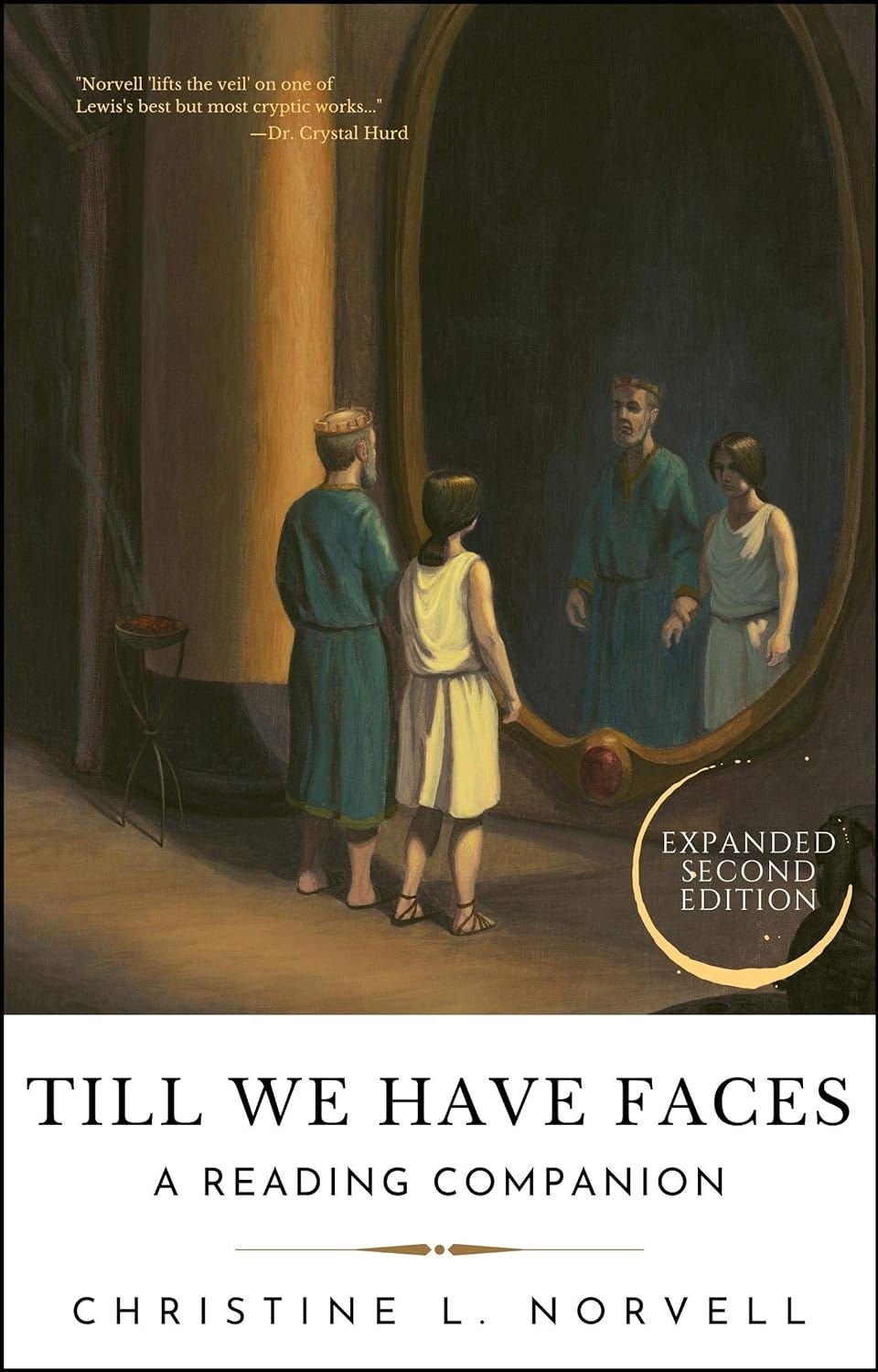Welcome to my newest readers, fellow bibliophiles, and educators! A special welcome to the several dozen who have joined in the past few weeks!
There’s the autumnal landscape I hope for and the word landscape I’m in.
I have often been inspired by other writers like
who regularly post about spending two to four days at a time to focus on research, a long article, or chapters in a book. I also wonder how so many have friends with empty houses where a writer can stay for free.Three years ago my sister joined me at an off-the-grid cabin perched on a ridge near Broken Bow Lake in Oklahoma. From the back porch, blue rolling hills of evergreens stretched to the horizon, easily reminding us of the Smokies.
At that time, I was working on a middle grade novel. I was stuck mid-plot and knew I needed a physical change. By traveling away from home, I could not clean my house, do the laundry, or organize a thing. I had to focus on writing, and it worked.
My school-year days have been incredibly full and long, and in my weariness at day’s end, I have written very little this fall, especially on my fig book, which does grieve me.
Educators and professionals everywhere recognize this plight. If we are doing our job well, we give and give all day long. Writing is about giving. At the end of a work day, how can I give more? That led me to write one day each weekend, yet at the same time, we’ve traveled many weekends in the past two months, and I felt that loss of writing time. I yearned for the work.
When I realized I had a four-day weekend in October, I reached out to family in Tulsa, wondering if I could find a place to get away, to grab that focused time. With my husband caring for cats and home, I eagerly jumped into my writing weekend with the company of my sister in a beautiful, quiet home with lots of space.
The weather in both Arkansas and Oklahoma has been incredibly dry, but surrounded by shades of brown, I soaked in sunrises and sunsets, walked the land, and reorganized my entire book. I hope to keep a steadier pace and finish the research and writing by the end of 2024. Pray for these words to flow.
Around the web
Willa Cather’s My Ántonia was among the fifty titles selected by the National Endowment for the Arts (NEA) for their 2024 Big Read initiative this year, and the Willa Cather Foundation is celebrating well!
For residents of the Great Plains, My Ántonia embodies the NEA’s "Where We Live" theme. The novel is set in Black Hawk, Nebraska, a town Willa Cather modeled after her childhood hometown of Red Cloud. Cather’s evocative descriptions of the land and of life in rural America have drawn readers into this classic novel for more than 100 years. And years ago, the novel was a central piece of my master’s thesis.
The part that tempts me most is that the Foundation has added a tour (!) to experience the Burlington Depot, St. Juliana Falconieri Catholic Church, J.L. Miner House, and the Pavelka Farmstead, four sites in Red Cloud and Webster County that are featured in My Ántonia. Registration includes a ticket to the tour and a copy of the novel.
All the art books
I don’t believe art appreciation should be confined to an art, art history class, or even the aesthetics of a classroom. When we encounter art in all its forms within the history and literature of its time, it comes alive.
At my school, I am polishing the ancient and medieval humanities curriculum for 7th and 8th grades, actively adding named art pieces to view and discuss within the chronology and books we’ve chosen. When I began two years ago, I knew of some works to add right away, but I am now relying on research and lots of used books.
In September, my husband and I traveled to North Carolina for a wedding, but we also got to shop (finally!) at Goldberry Books in Concord. What a gem!
My favorite find was Lumen: A Guide to the Elements of Art through Time. I’d seen it advertised in the spring. Published by Goldberry Arts, the first book in the series focuses on line, and it is magnificent in its selections, chronology, and accessibility.
In October, I traveled with another teacher to observe classes and procedures at Classical School of Wichita. After school, we spent time shopping (in person!) at Eighth Day Books. Eighth Day is a regular vendor at both regional and national classical education conferences, but to be in person, to browse among the stacks, to ‘try out’ books . . . I found a number that are proving helpful: Barbara H. Rosenwein’s A Short History of the Middle Ages, Eva Wilson’s Early Medieval Designs from Britain for Artists and Craftspeople (Dover), George Duby’s Medieval Art: Europe of the Cathedrals 1140-1280, and Oxford’s The Art of the Roman Empire by Elsner.
Let me know your book stories. What are you reading? What are you finding helpful? I would love to hear from you in your reading or classroom journey.
As always, thanks for reading and listening! And yes, my audio link at the beginning of the newsletter will return soon. Don't forget that the List Library at my website is always available to you, my readers.
Christine
Perfect for beginners, this handy study guide for C.S. Lewis's novel is a blend of summary and scholarly commentary. The second edition includes references to leading commentary from Lewis scholars as well as key parallels from Lewis’s other works like The Four Loves, Surprised by Joy, and An Experiment in Criticism. Each chapter includes discussion questions designed for students, teachers, book clubs, and church groups.







Terrific newsletter, Christine. I don't know how you do it!
Shirley